RECOIL OFFGRID Survival Rally Points: Considerations for Planning and Using Them
In This Article
An extremist group attacks critical nodes of the power grid at 0100 hrs and you awake to mayhem on the streets. City-wide traffic backups are the first indication that this isn’t a typical summer brownout, but the danger is amplified when a five-ton improvised explosive device detonates in front of a Federal building at 0830, flattening the structure while killing 75 and wounding 150 other workers as they arrive to begin their day.
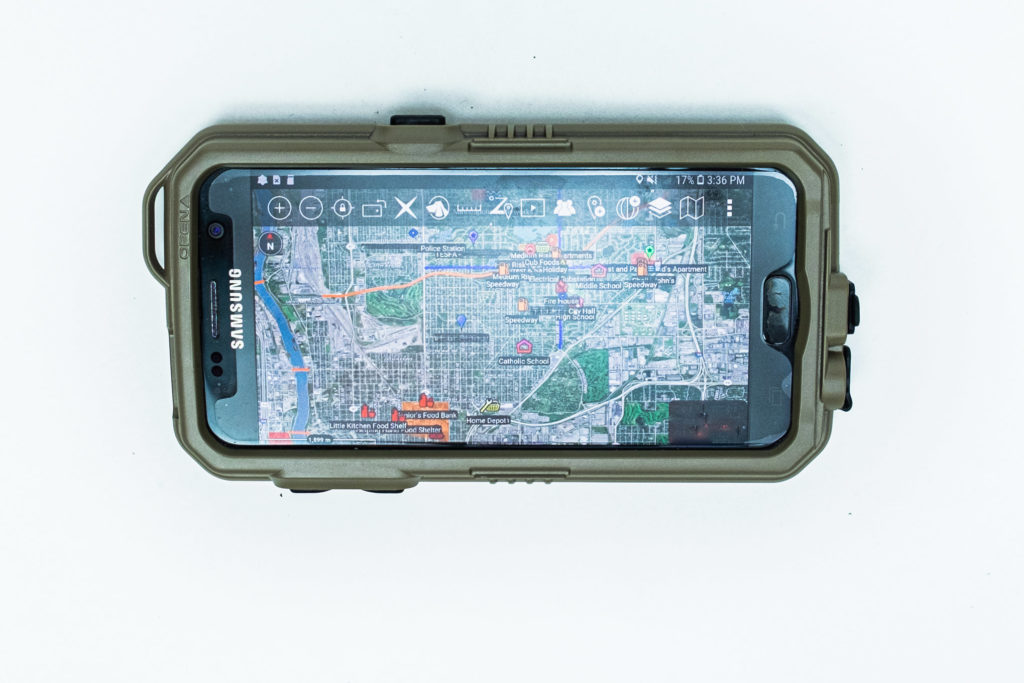
Your daughter is on her way to a college class when the traffic jams begin to pile up and the detonation occurs while your son is on the road after working third shift at a plant on the other side of town. It is impractical for them to attempt to return to your home.
Emergencies can, and will, strike when least expected.

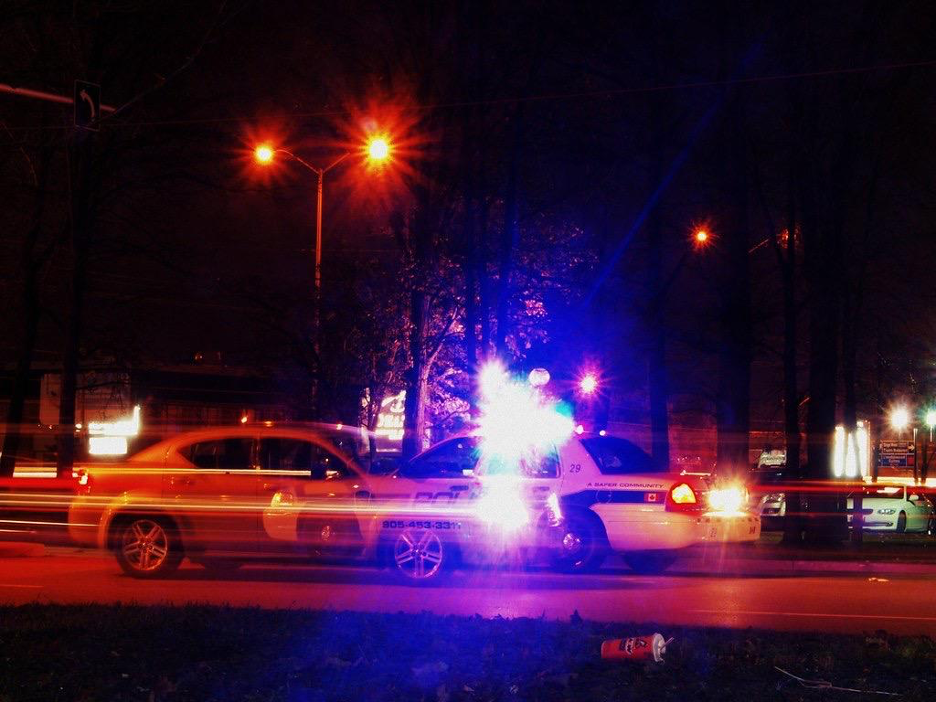 Photo credit: MSVG (https://search.creativecommons.org/photos/0c627e28-b73c-4d5a-ae20-244bb82ef65f)
Photo credit: MSVG (https://search.creativecommons.org/photos/0c627e28-b73c-4d5a-ae20-244bb82ef65f)
While the police and first responders re-direct resources to the Federal building, another bomb detonates at the water treatment plant, effectively crippling the city’s water system. You could hunker down and withstand the chaos with your stock of supplies, but you decide it may be more prudent to temporarily relocate to a more secure area and ride out the current crisis occurring in your city.
While the police and first responders re-direct resources to the Federal building, another bomb detonates at the water treatment plant, effectively crippling the city’s water system. You could hunker down and withstand the chaos with your stock of supplies, but you decide it may be more prudent to temporarily relocate to a more secure area and ride out the current crisis occurring in your city.
No matter how—or when—calamity strikes, it may be impossible for you and your loved ones, trusted friends and other members of your support network, to move as one single group to a place of safety.
It may be necessary for sub-units of your group to meet at an intermediate location, or rally point (RP), before completing the movement to a final safe haven. For continuity throughout this article, the abbreviation RP will be used, but the term “rendezvous point” or “link-up point” could also be used to describe the location. In fact, different militaries around the world use their own preferred term for what is basically a pre-planned location you have decided to meet other people at.
A perfect example of an RP is in the 2012 remake of the movie “Red Dawn. Characters Jed Eckert and his brother Matt Eckert swerve to a stop near their father, Spokane Police Sergeant Tom Eckert, who yells, “Get to the cabin!!!” This is a rapid response, quick decision that gets the characters to safety, while they whip up a plan to save their friends who were left behind. This is a simple example of an RP, but the sons knew what Tom meant when he told them to head to the cabin.
RPs can aid in getting everyone to the final safe haven.
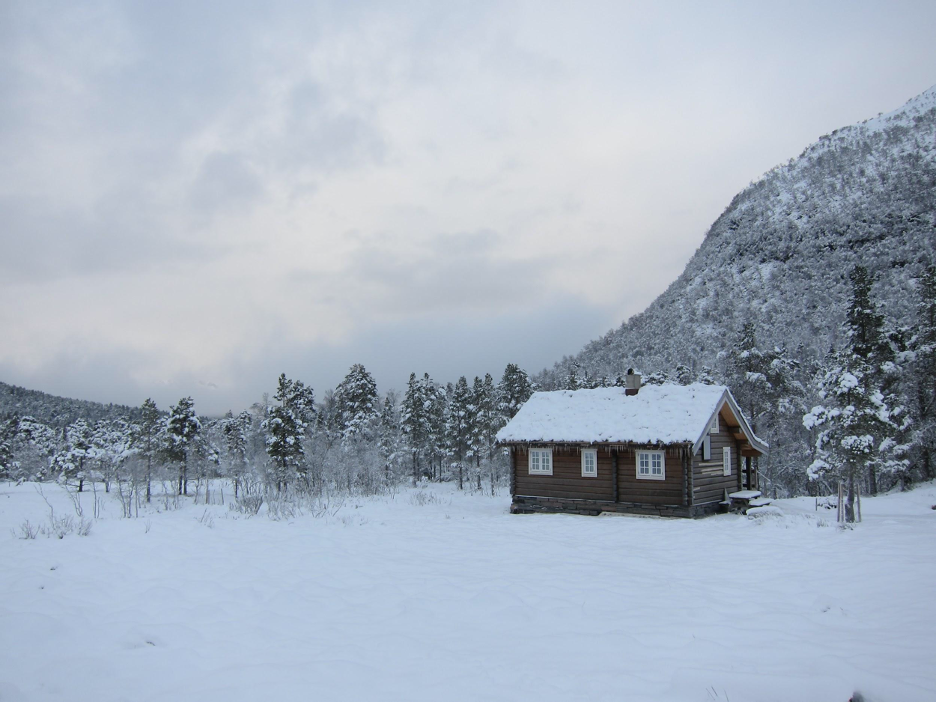
Photo credit: Mænsard Vokser (https://search.creativecommons.org/photos/918aad2e-63b1-48de-878a-56f861e60956)
You might be fortunate enough to have that cabin or campsite deep in the woods, or even your own pre-plotted island or sand bar you decide to use to just get away from people during a crisis. But your group still needs to get there and members might be coming from different directions, at different times, and possibly without the benefit of a means of communicating. RPs require prior planning, and it is best to follow the K.I.S.S. principle and keep everything as simple as possible. You might also be disoriented, fatigued or injured, which all raise the stress level and make normal tasks more difficult.
Keep it simple. Everyone in your group needs to know the RP plan.
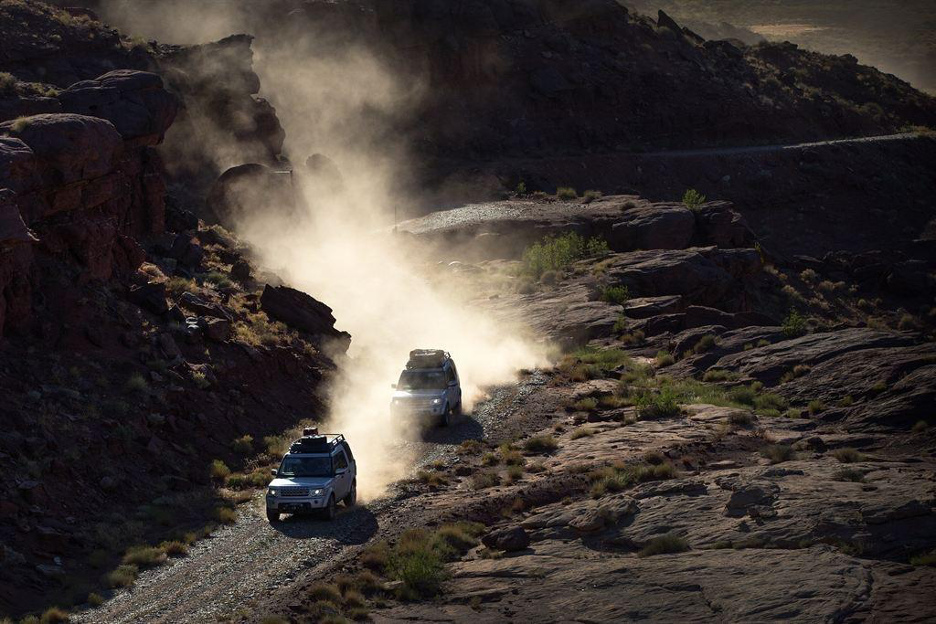 Photo credit: landrovermena (https://search.creativecommons.org/photos/7feb7e89-95d8-4364-8286-2aa90be2b13f)
Photo credit: landrovermena (https://search.creativecommons.org/photos/7feb7e89-95d8-4364-8286-2aa90be2b13f)
This article aims to lay out the main issues for consideration when planning RPs. Take the bits and pieces that apply to your situation, terrain and capabilities, then incorporate them as part of your larger bugout plan.
Ensure all adult members of your party are situationally aware of planned RPs.
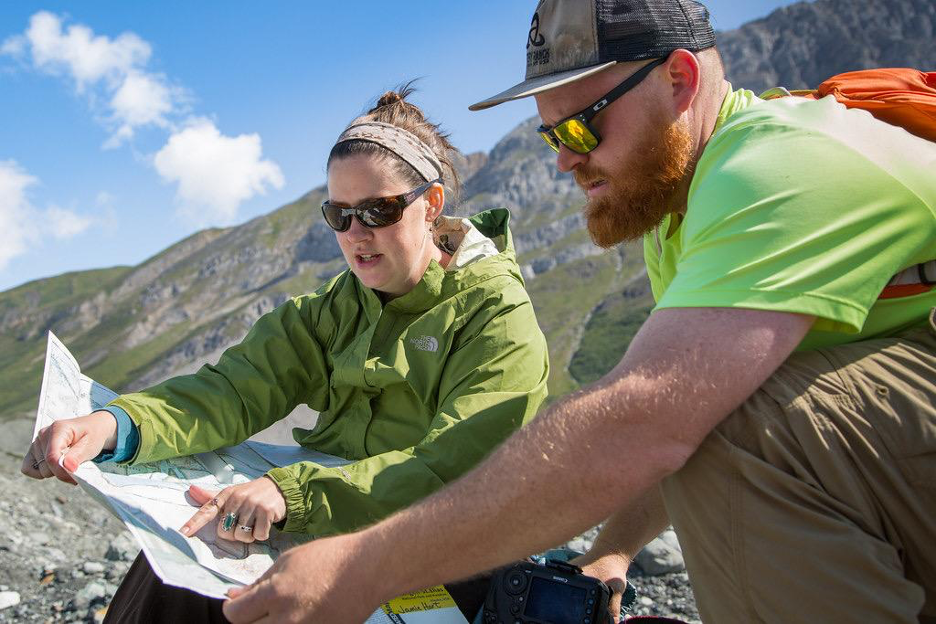 Photo credit: Neal Herbert (https://search.creativecommons.org/photos/efef95be-9e55-401d-bbeb-caf651cbb662)
Photo credit: Neal Herbert (https://search.creativecommons.org/photos/efef95be-9e55-401d-bbeb-caf651cbb662)
Take the path less traveled to get to your RPs.
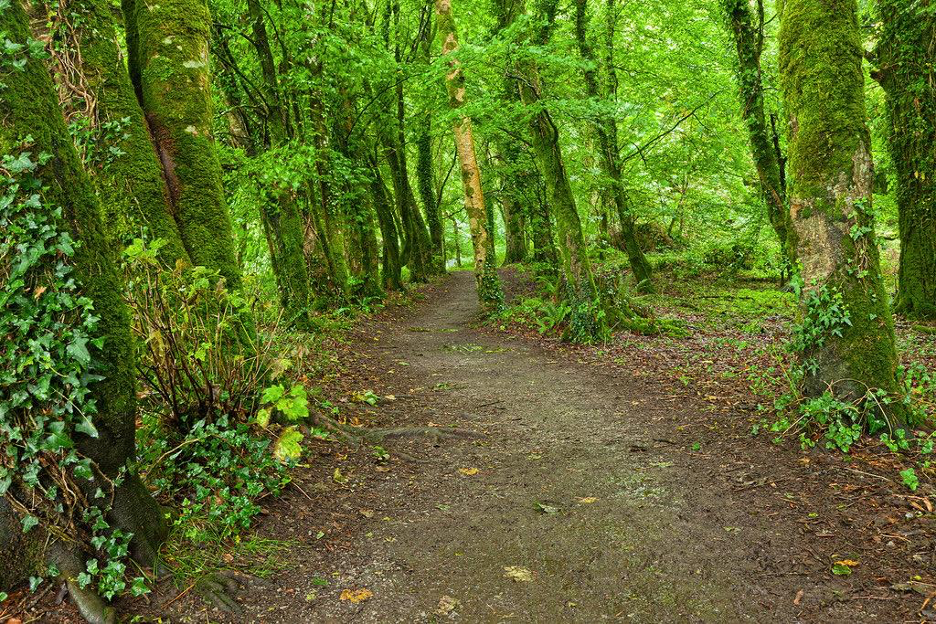 Photo credit: Bold Frontiers (https://search.creativecommons.org/photos/1a39f20d-a10f-4e6c-9a94-0e8e8572483a)
Photo credit: Bold Frontiers (https://search.creativecommons.org/photos/1a39f20d-a10f-4e6c-9a94-0e8e8572483a)
Never let your guard down. Security is critical at all times.
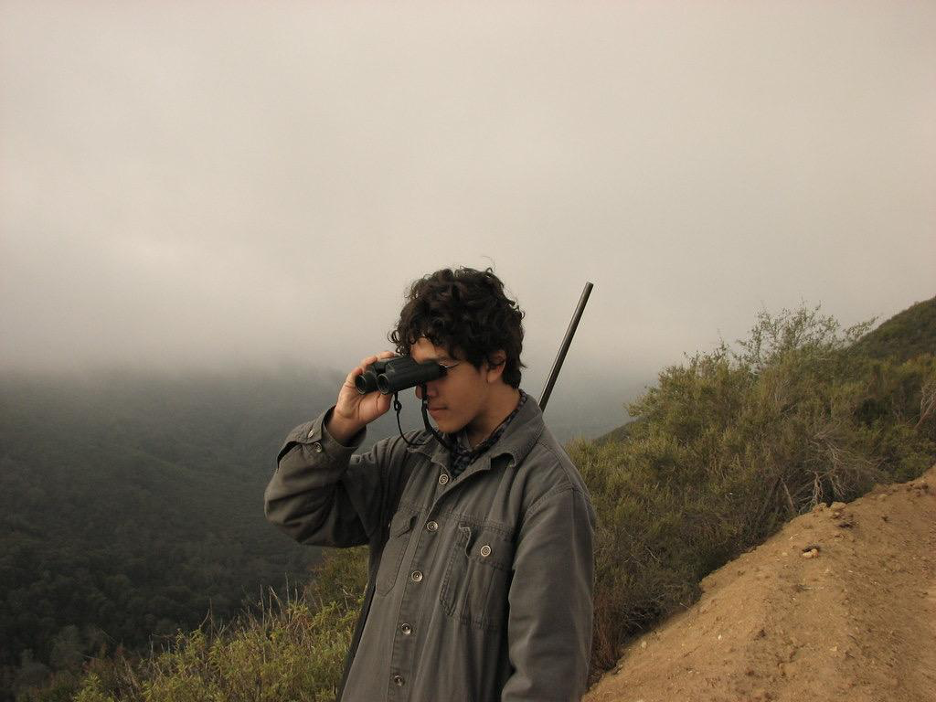 Photo credit: Bob n Renee (https://search.creativecommons.org/photos/9239b7ab-564e-44aa-979a-224329e55382)
Photo credit: Bob n Renee (https://search.creativecommons.org/photos/9239b7ab-564e-44aa-979a-224329e55382)
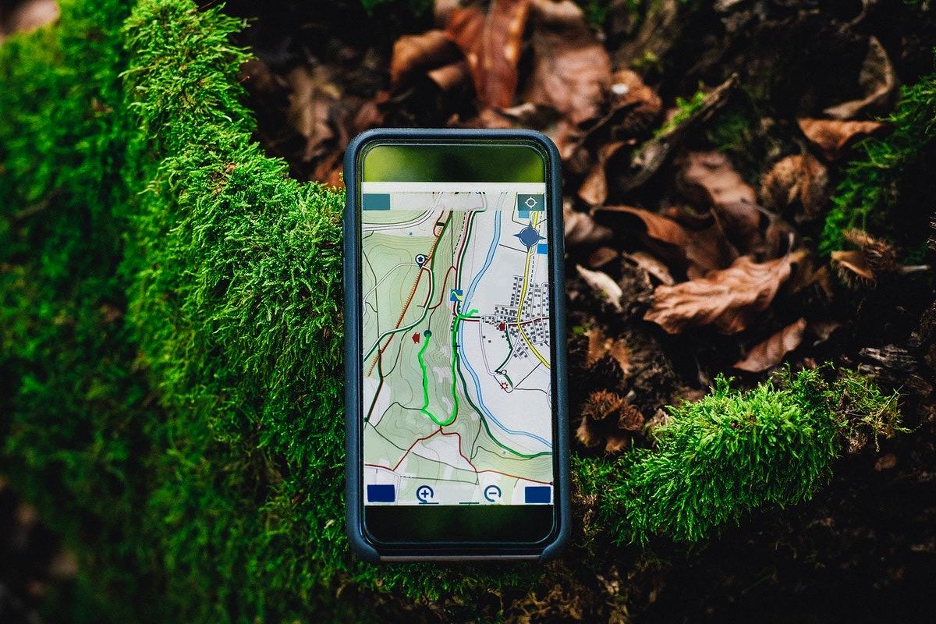 Photo credit: Markus Spike (https://search.creativecommons.org/photos/970390a0-3715-411b-b786-ab2e2ab63e76)
Photo credit: Markus Spike (https://search.creativecommons.org/photos/970390a0-3715-411b-b786-ab2e2ab63e76)
Everyone must understand when they are expected at the RP
 Photo credit: Ell Brown (https://search.creativecommons.org/photos/a09c8a24-e8f9-4b7c-9c13-b3d677cf65d5)
Photo credit: Ell Brown (https://search.creativecommons.org/photos/a09c8a24-e8f9-4b7c-9c13-b3d677cf65d5)
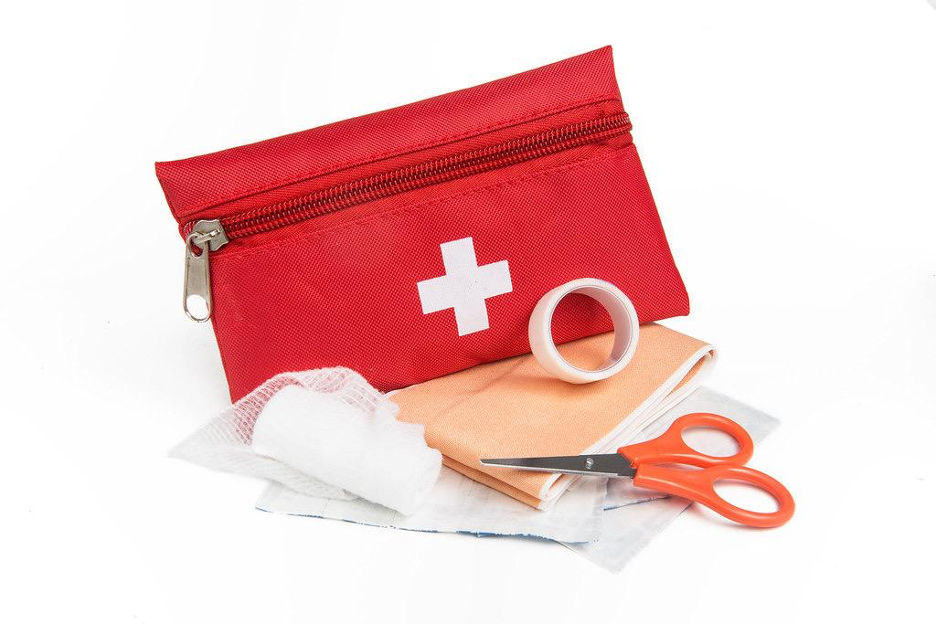 Photo credit: dlg_images (https://search.creativecommons.org/photos/ed058911-84a2-4012-8180-951d63c80f8c)
Photo credit: dlg_images (https://search.creativecommons.org/photos/ed058911-84a2-4012-8180-951d63c80f8c)
Modern military forces have successfully used rally points for well over a hundred years, allowing for units to gather at decisive locations on the battlefield. They require careful planning to be effective, but once the people you are protecting are familiar with how they fit into the bugout plan, they will increase your group’s safety, ease of movement and security.
What would make for a good RP? The center of the inhabited area, or on the fringe of town?
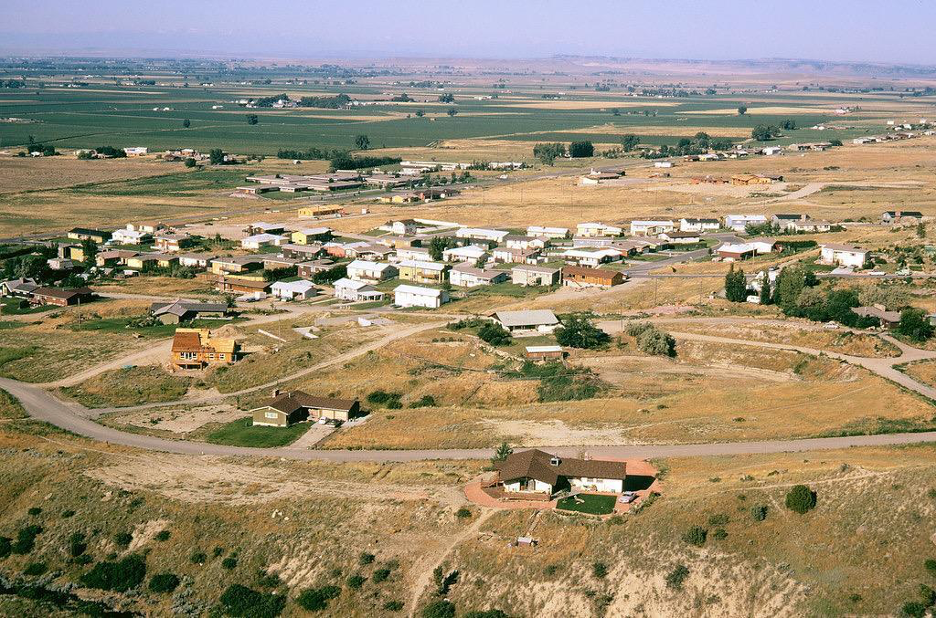 Photo credit: NCRS Montana
Photo credit: NCRS Montana
 STAY SAFE: Download a Free copy of the OFFGRID Outbreak Issue
STAY SAFE: Download a Free copy of the OFFGRID Outbreak Issue
No Comments